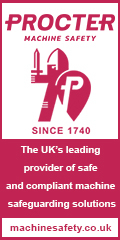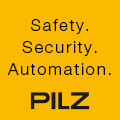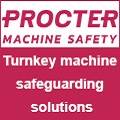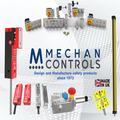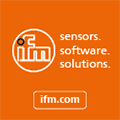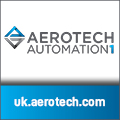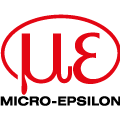
Posted to News on 25th Nov 2021, 08:57
Advanced servo motors transforming 3D metal printing
Additive and subtractive manufacturing techniques help drive new fabrication processes
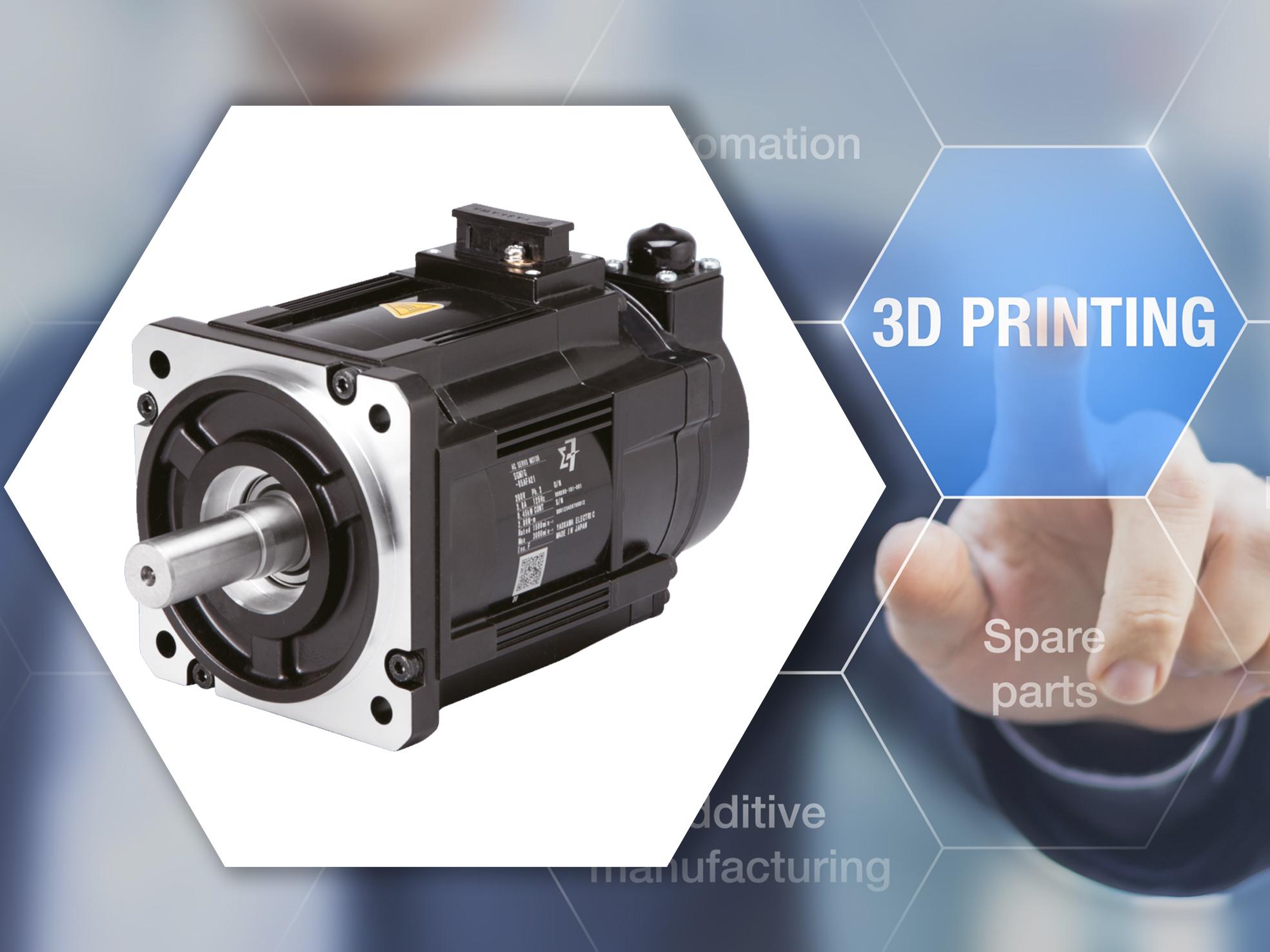
The combination of the latest servo motor designs, extremely flexible robots and an eclectic mix of other advanced technologies are the key factors driving the rapid growth of new fabrication processes in manufacturing. Specifically, servo motors and robots are transforming additive applications and revolutionising the way prototypes, parts and products are made.
Additive and subtractive manufacturing techniques are two prime examples which have provided fabricators with the efficiency and cost savings helping them to remain competitive. Referred to as 3D printing, additive manufacturing (AM) is a non-traditional method that utilises digital design data to create solid three-dimensional objects by fusing materials, layer by layer, from the bottom up.
Often making near-net-shape (NNS) parts with no waste, the use of AM for both basic and complex product designs continues to accelerate in industrial applications, such as automotive, aerospace, energy, medical, transportation and consumer products. On the contrary, the subtractive process entails removing sections from a block of material using high-precision cutting or machining to create a 3D product.
Complementary strengths
Despite key differences, additive and subtractive processes are not always mutually exclusive, because they can both be used to complement various stages of product development. For example, an early concept model or prototype is often created by the additive process and, once that product is finalised larger batches may be required, which opens the door to subtractive manufacturing. In time-sensitive applications, hybrid additive/subtractive techniques are being applied to repairing damaged or worn parts, or even creating quality parts with less lead time.
“The benefits of advanced servo motors are an important factor in the transformation of 3D printing applications, where dimensional precision and finish quality is key and it’s why end users are turning to 3D printers with servo systems [as opposed to stepper motors] to ensure optimal motion control,” states motion control specialist YASKAWA.
YASKAWA is one leading company that has developed its range of servo motors, including the SIGMA-7 series, which are proving to be transformative in helping fabricators overcome the common issues via printer-boosting capabilities. “For example, these robust motors incorporate vibration suppression filters, as well as anti-resonance and notch filters, which together ensure extremely smooth motion that can eliminate visually unpleasant stepped lines caused by stepper motor torque ripple,” it says.
High print speeds
“Also, the latest speed enhancements mean print speeds of 350mm/sec are possible, more than doubling the average speed of a 3D printer using a stepper motor. Similarly, a travel speed of up to 1500 mm/sec can be achieved using rotary or up to 5 metres/sec using linear servo technology. This extremely fast acceleration capability enables 3D print heads to be moved into their correct positions more rapidly, removing the need to slow down the entire system to reach the desired finish quality. This means users can fabricate more parts per hour, without sacrificing quality.”
Automatic tuning on servo systems means users can independently perform their own custom-tuning, so they can adapt to changes in the mechanics of a printer or variances in the process. “Stepper motors don’t utilise position feedback, so it’s impossible to compensate for process changes or discrepancies in mechanics.”
Absolute encoder feedback
Additional benefits of servo systems include absolute encoder feedback, so users only need to perform a homing routine once, resulting in increased uptime and cost savings. “Systems with stepper motors lack this feature, as they need to be ‘homed’ every time they are powered-up,” adds YASKAWA. “Servo systems also incorporate feedback sensing, whereas stepper motor systems do not. The extruder of a 3D printer can cause bottlenecks and jams in the printing process which, if undetected, can ruin an entire batch.”
With over 22 million servo systems in the field, Yaskawa has the experience and technical know-how in motion and control, it points out. “The result: excellent performance and outstanding reliability.”
Want the latest machine building news straight to your inbox? Become a MachineBuilding member for free today >>



